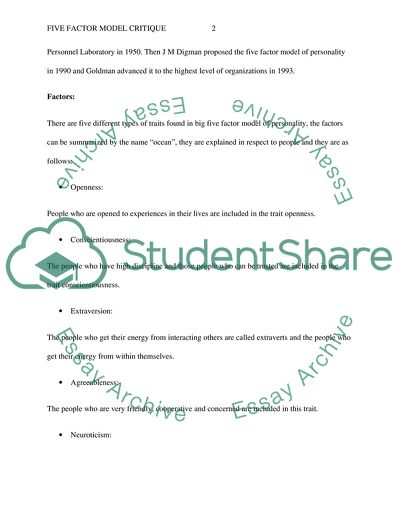Cite this document
(Five Factor Model Coursework Example | Topics and Well Written Essays - 1750 words, n.d.)
Five Factor Model Coursework Example | Topics and Well Written Essays - 1750 words. https://studentshare.org/psychology/1771607-five-factor-model
Five Factor Model Coursework Example | Topics and Well Written Essays - 1750 words. https://studentshare.org/psychology/1771607-five-factor-model
(Five Factor Model Coursework Example | Topics and Well Written Essays - 1750 Words)
Five Factor Model Coursework Example | Topics and Well Written Essays - 1750 Words. https://studentshare.org/psychology/1771607-five-factor-model.
Five Factor Model Coursework Example | Topics and Well Written Essays - 1750 Words. https://studentshare.org/psychology/1771607-five-factor-model.
“Five Factor Model Coursework Example | Topics and Well Written Essays - 1750 Words”. https://studentshare.org/psychology/1771607-five-factor-model.


